Florida’s vibrant ecosystem is a haven for diverse wildlife, hosting creatures that pique the interest of biologists and enthusiasts alike. Among its fascinating inhabitants is a snake capable of growing to astonishing lengths, potentially exceeding that of a traditional school bus.
Understanding the Titanoboa’s Legacy

The title of the largest snake to have ever lived is held by the Titanoboa, a prehistoric giant that roamed the earth approximately 60 million years ago. Reaching lengths of up to 42 feet, the Titanoboa set an impressive record. Though it no longer exists, its legacy continues to intrigue scientists and snake enthusiasts, fueling interest in large contemporary snakes.
The Burmese Python: Florida’s Giant Resident
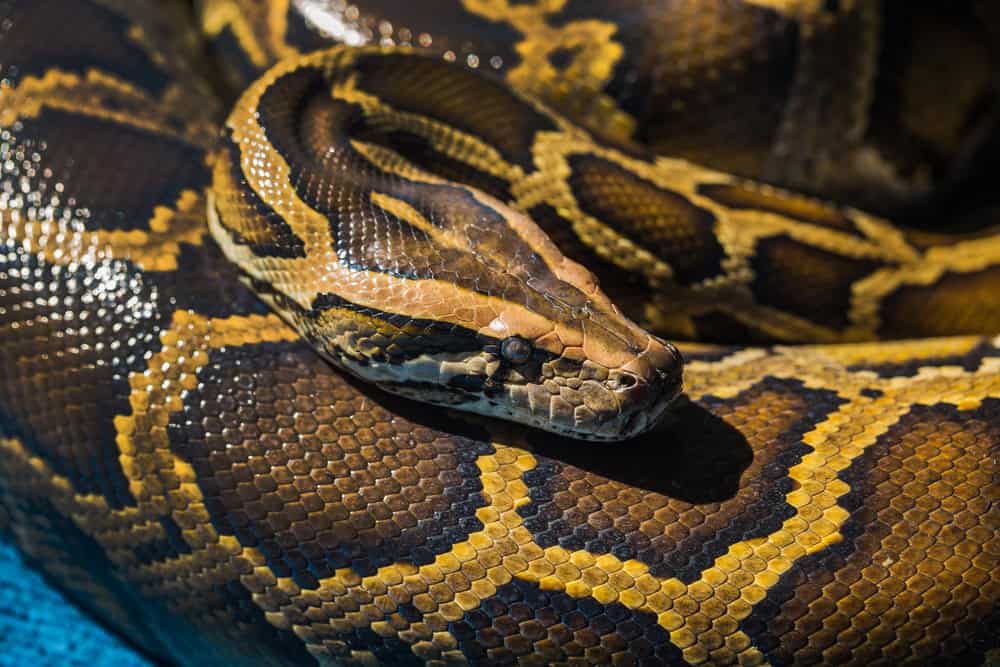
In modern times, the Burmese python holds the distinction as one of the largest snake species in Florida. These non-native reptiles were introduced to the region primarily through the pet trade and have since established themselves in the wild. While they are not as colossal as the Titanoboa, Burmese pythons can still attain remarkable lengths exceeding 20 feet.
The Ecosystem Impact of Invasive Pythons

Burmese pythons in Florida have profound impacts on local ecosystems. As apex predators, they compete with native wildlife for food, which can disrupt the balance of these ecosystems. The disappearance of mammals and birds from certain regions has been attributed to the prolific nature of these snakes.
A Closer Look: Physical Characteristics

Burmese pythons are known for their distinct physical features. They have a robust, muscular build, with a pattern of dark brown blotches on a lighter brown or tan background. These patterns provide effective camouflage in their natural habitats, aiding in their stealth hunting methods.
Diet and Hunting Behaviors

Burmese pythons are carnivorous and opportunistic feeders, consuming a variety of animals such as small mammals, birds, and, occasionally, reptiles and amphibians. They employ constriction to subdue their prey, wrapping their powerful bodies around their target to suffocate it before consumption.
Life Span and Reproduction

These snakes have a lifespan ranging from 20 to 30 years in the wild. Reproduction occurs through egg-laying, with females capable of laying clutches of up to 100 eggs. Female Burmese pythons exhibit remarkable maternal behaviors, including coiling around their eggs to provide warmth through muscular contractions.
Burmese Pythons and the Risk to Human Populations
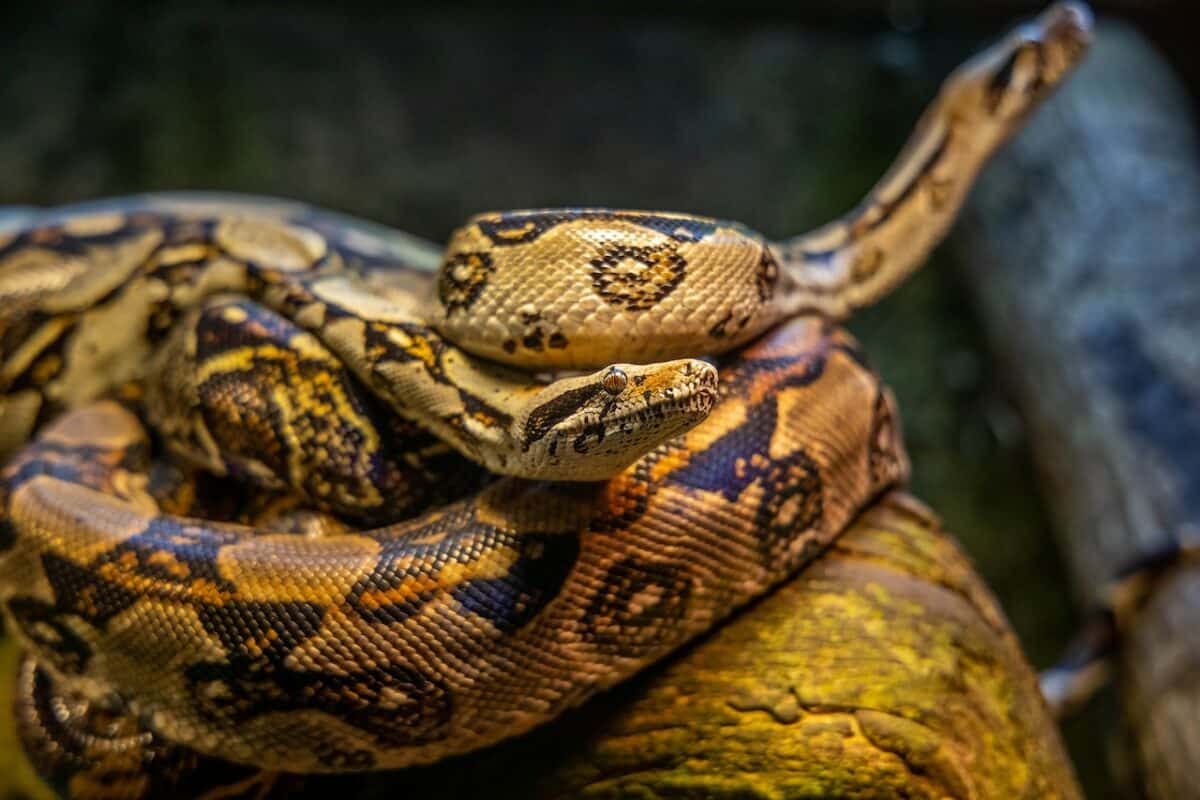
Although Burmese pythons are not aggressive toward humans, their presence in residential areas can be concerning. Human-snake interactions generally occur when these large reptiles wander into urban areas in search of food or due to habitat overlap.
Conservation Concerns and Control Measures
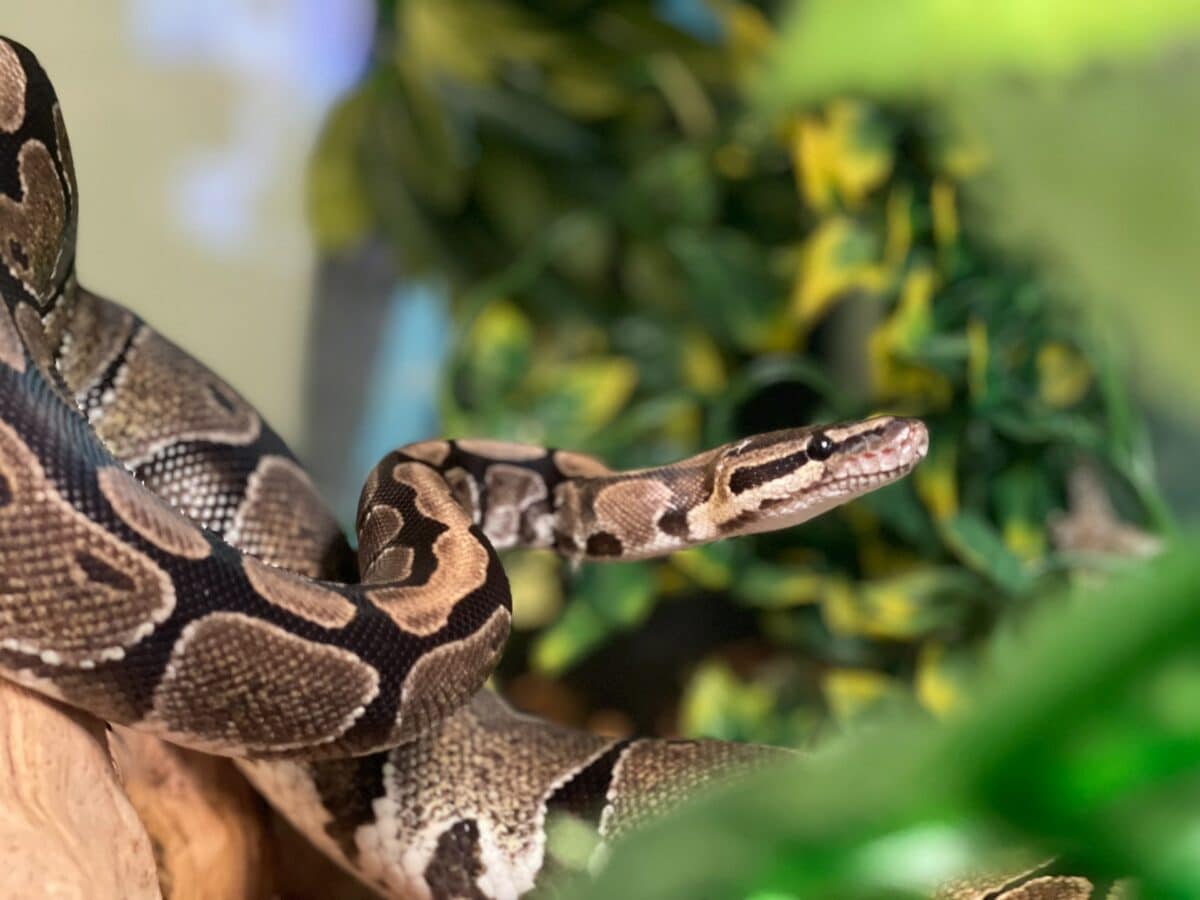
The presence of invasive Burmese pythons raises significant conservation concerns in Florida. Efforts to control their population include organized hunting programs and encouraging public participation in removal efforts. These initiatives aim to curb their numbers and protect native wildlife.
The Role of Research and Innovation

Research plays a critical role in understanding and managing the Burmese python population. Conservationists and scientists are exploring innovative techniques such as radio telemetry and genetic studies to track and control these snakes, aiming to reduce their impact on Florida’s ecosystem.
The Fascination with Giant Snakes
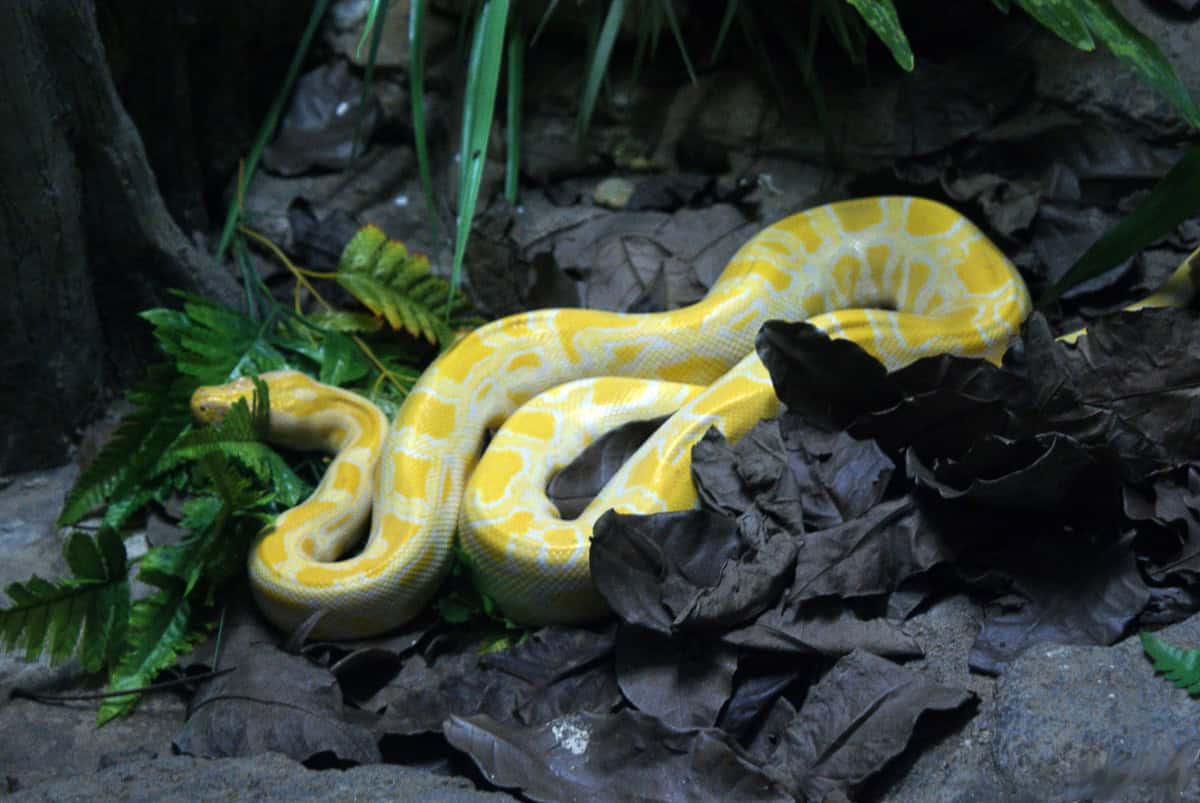
Despite their status as an invasive species, Burmese pythons captivate the imagination of many. The allure of encountering a creature so large and powerful taps into our fascination with the natural world and its wonders, underscoring the importance of awareness and education about these reptiles.
Ethical Considerations in Handling Pythons
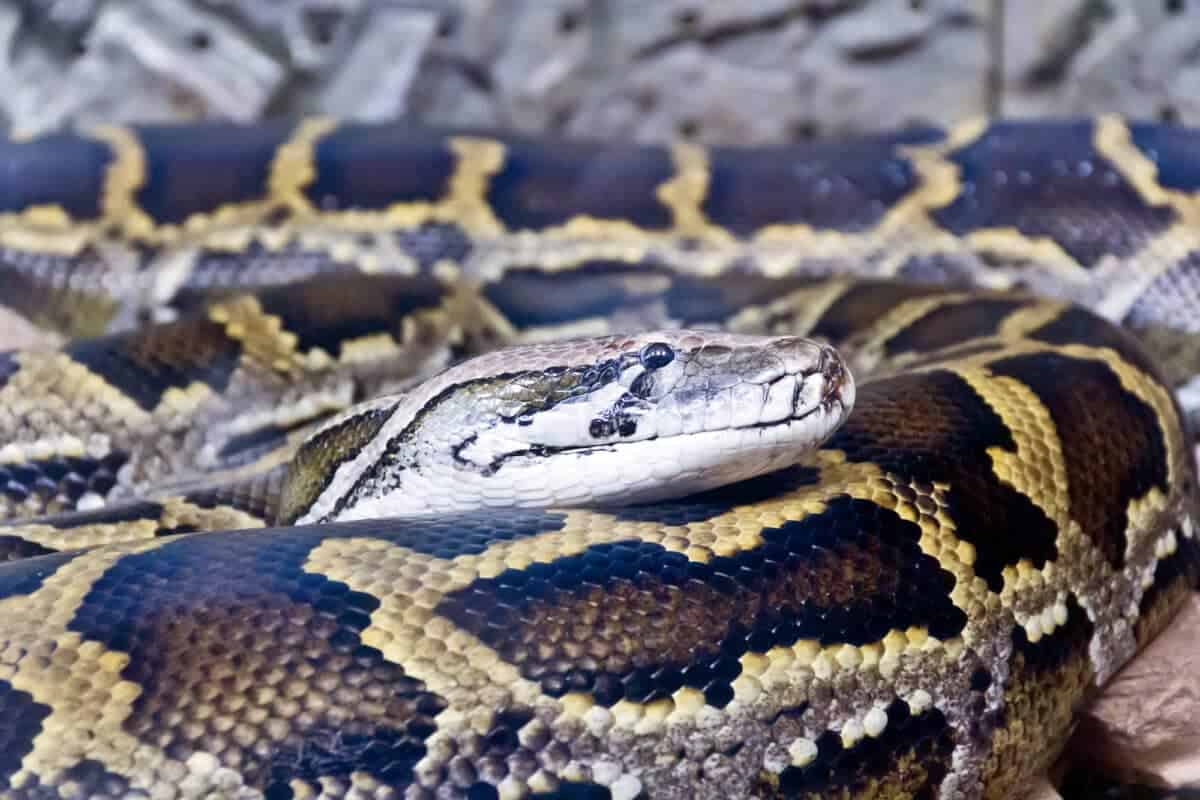
When dealing with invasive species like the Burmese python, ethical considerations must guide human interaction. Ensuring humane treatment while managing their population is essential, necessitating policies that respect wildlife and prioritize ecological balance.
Looking to the Future: Coexistence and Balance

The story of the Burmese python in Florida is a complex tale of nature, human intervention, and environmental science. Moving forward, it is crucial to foster a balance where native ecosystems can thrive without the fear of invasive disruption. Through combined efforts in conservation, public awareness, and scientific research, Floridians can work toward harmonizing their interaction with these impressive, yet challenging, reptiles.
The Burmese python’s presence in Florida illuminates the broader challenges of balancing invasive species with natural ecosystems. While these snakes are captivating due to their size and strength, their impact calls for strategic management and continued research. By fostering understanding and coexistence, Florida can protect its diverse wildlife heritage while appreciating the awe-inspiring allure of one of its most impressive residents.
- The Most Remote Lake in the U.S. - August 19, 2025
- 9 Animals That Have an Extra Sense Humans Can’t Even Imagine - August 19, 2025
- 17 Dog Breeds With The Shortest Live Expectancy - August 19, 2025

